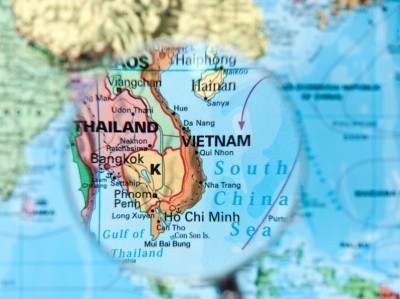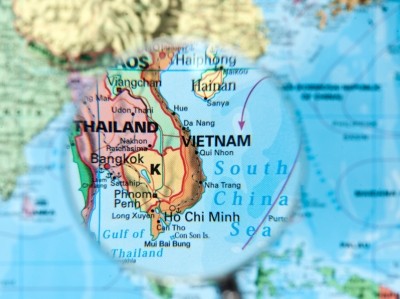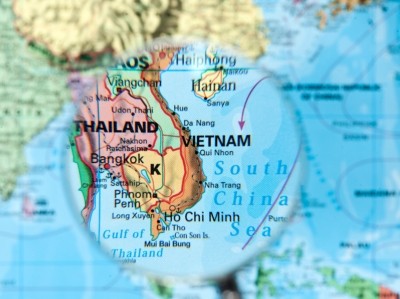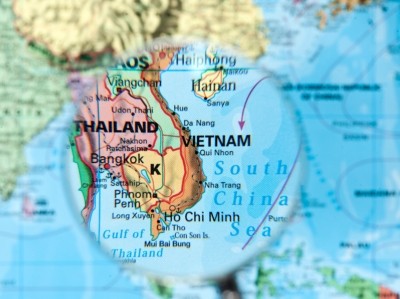New Vietnam aqua center focused on gut health and feed efficiency
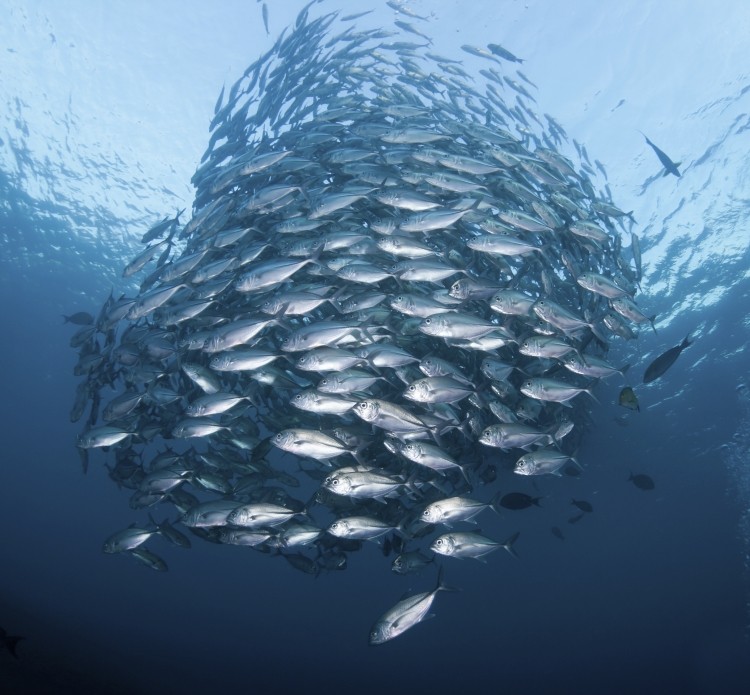
In an interview with FeedNavigator, Pedro Encarnação, director of business development at Biomin Singapore, told us “necessity and opportunity” prompted the development of the new facility at Nong Lam University in Ho Chi Minh City.
“Previously our aqua research center was based in Bangkok. This was a 200 square meter unit with three different tank systems, were we conducted our ‘in vivo’ testing. However, after seven years, these facilities started to be too small for the volume of work we needed to do in aquaculture research, and we wanted to expand,” he said.
Biomin learnt that Nong Lam University had vacant facilities and decided that the migration of its aqua R&D set up to Vietnam made sense, in that, firstly, the country is one of its major markets, and, secondly, having those facilities at the university campus would allow its experts to work closely with researchers and students in a vibrant academic environment.
“So we signed a long term agreement with the university to renovate and expand the existing aqua research center. We now have a facility with five different tank systems with 150 tanks, two challenge rooms, a feed lab, and in collaboration with Sanphar, a histology lab, a microbiology lab, and a PCR lab, with a total area of around 900 m2,” said Encarnação.
Feed formulation
He said R&D activities will be centered on nutrition and feed formulation, gut health, immune modulation, waste management and feed safety, with a focus on marine and fresh water species such as catfish, tilapia, sea bass and shrimp.
“Closely connected with the state of health of the gut is a well-balanced intestinal microflora, which helps the digestive and absorptive processes and protects the host against invading pathogens.
We are investigating how substances like phytogenics, probiotics, acidifiers, immunostimulants and other active biological compounds can improve gut health, nutrient utilization and disease resistance in the animal.
In addition, as experts in mycotoxin risk management, we want to continue to evaluate the impact of different mycotoxins on aquatic species and how we can minimize their negative effects,” said the Singapore based executive.
Disease threat
The Vietnamese aquaculture sector has been marked by a significant instability in recent years.
“We saw a rapid growth of the pangasius industry followed by a crisis in terms of price and production. Now, we see a consolidation in this industry and a slow recovery, with the level of production stabilizing at around 1 million tons.
Producers are also diversifying and shifting from pangasius to tilapia. Nevertheless, Vietnamese authorities are confident and targeting a production of 1.6 million tons for pangasius by 2020,” said Encarnação.
In the shrimp industry, disease outbreak resulted in a reduction in output in 2011.
But 2014 saw a significant hike in production due to an increase in farming areas and, with Vietnam reaching close to 600,000 tons in output, it is now the biggest producer in South East Asia, he said.
However, the UN’s food and agricultural organization (FAO) has warned the large scale outbreak of disease is a serious issue of concern for future shrimp farming development in the coastal areas of Vietnam.
Biomin said a partnership it has established with Sanphar, a veterinary products and services company under the Erber group umbrella, is looking to address this.
“At the Nong Lam University research center, Sanphar has established a state of the art diagnostic lab to screen and identify emerging diseases in the animal industry in Vietnam.
This will be fitted with the latest equipment and technology to identify parasitical, microbial and viral threats. In the event of a disease outbreak, our aqua team in the field can collect samples from customers and bring them to the lab where staff can identify the threat.
Once identified, we can then start to work on a solution to fight the causative agent,” said Encarnação.
Sector sustainability
Biomin has long been using ‘sustainable’ ingredients like probiotics, phytogenics and organic acids, he said, in a bid to reduce and eliminate the use of antibiotic growth promoters in animal and aquaculture operations.
Another way of making farming systems more ecological, he said, is by increasing feed efficiency as this will not only increase profitability for the farmer but also result in lower waste outputs, and reducing the impact on the environment.
“Pond management, with the application of bioremediation products to reduce the organic matter and elimination of toxic compounds such as ammonia, nitrites and hydrogen sulfide is also an area we are deeply involved in, especially in screening for effective bacteria.
But our work is not restricted to product R&D. Through seminars and technical advice we also actively engage with farmers to implement best management practices and improve the sustainability of their aquaculture operations,” said Encarnação.
Around 80% of aquaculture farms in Vietnam, like in neighboring countries, are small-scale operations.
Luca Miccichi, a consultant to the International Collaborating Centre for Aquaculture and Fisheries Sustainability, said it is challenging for small-scale fish farmers to achieve a high level of sustainability in production and meet international traceability standards as they face a lack of access to finance and technical know-how.
Writing in the journal Aquaculture Asia Pacific, Miccichi said a joint effort is needed among public and private stakeholders and certificate bodies to effectively address the barriers small aquaculture farmers in Asia face in a move to more environmentally friendly production.
